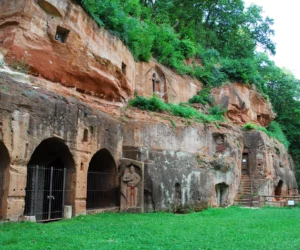Overview of Bretzenheim Hermitage Carved into a rock face, the Bretzenheim Hermitage stands north of Bad Kreuznach, Germany, between the towns of Bretzenheim/Nahe and Guldental. This unique site holds the distinction of being the only rock monastery north of the Alps and boasts a rich history. Evidence suggests the Bretzenheim Hermitage’s story began as a…
Ancient Civilizations
All Ancient Civilizations, Cultures and People
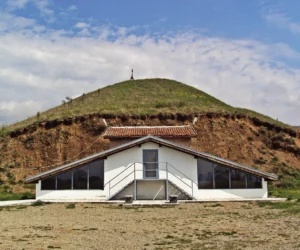
Ostrusha mound
Overview of the Ostrusha mound Bulgarian archaeologists found the Ostrusha Mound near Shipka in 1993. Built in the 4th century BC, it served as an important tomb for the Thracians. The complex has six chambers, totaling 100 square meters. One especially impressive chamber is made from two giant carved stones – a whopping 60 tons!…
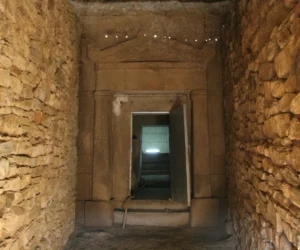
Thracian tomb Griffins
Overview of the Griffin Mound Tomb Located in Bulgaria’s Stara Zagora Province, between the town of Shipka and the village of Sheynovo, lies the Griffin Mound Tomb. Dating back to the late 5th to early 4th century BC, this tomb falls within the Thracian era. A team led by Associate Professor Georgi Kitov discovered the…
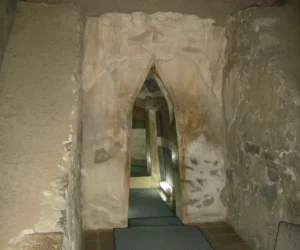
Thracian Tomb of Kazanlak
Overview of the Thracian Tomb of Kazanlak The Thracian Tomb of Kazanlak is located near Kazanlak, Bulgaria. It is a vaulted-brickwork “beehive” tomb. This site is part of a large royal Thracian necropolis. The necropolis lies in the Valley of the Thracian Rulers near Seuthopolis. Over a thousand tombs are in this region. The tomb…
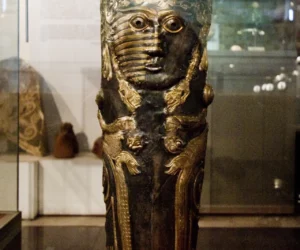
Mogilan mound
Mogilan Mound Overview The Mogilan Mound, also known as Mogilanska Mound, is located in Vratsa, Bulgaria. It’s a significant archaeological site likely dating back to the 4th century BC, based on artifacts discovered there. This tumulus sits at the coordinates 43°12′3″N 23°33′3″E. Excavations and Discoveries Archaeologists conducted excavations in 1965 and 1966, uncovering three stone-built…
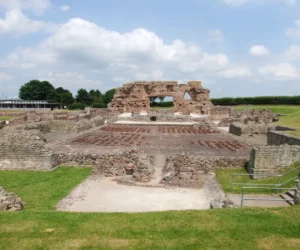
Viroconium Cornoviorum
Introduction to Viroconium Cornoviorum Viroconium Cornoviorum, also known as Uriconium, was a significant Roman city. It is now part of Wroxeter, a small village in Shropshire, England. This site was about 5 miles southeast of Shrewsbury. At its peak, Viroconium was the fourth-largest Roman settlement in Britain. It boasted a population exceeding 15,000. Historical Background…

